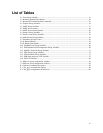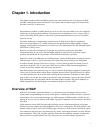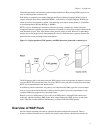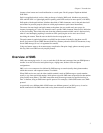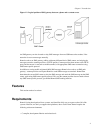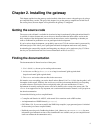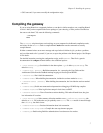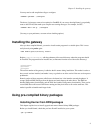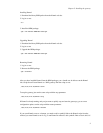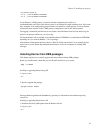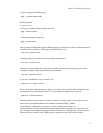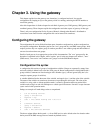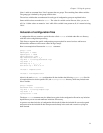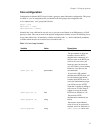Chapter 2. Installing the gateway
You may need to add compilations flags to configure:
CFLAGS=’-pthread’ ./configure
The above, for instance, seems to be required on FreeBSD. If you want to develop Kannel, you probably
want to add CFLAGS that make your compiler use warning messages. For example, for GCC:
CFLAGS=’-Wall -O2 -g’ ./configure
(You may, at your preference, use even stricter checking options.)
Installing the gateway
After you have compiled Kannel, you need to install certain programs in a suitable place. This is most
easily done by using make again:
make bindir=/path/to/directory install
Replace /path/to/directory with the pathname of the actual directory where the programs should
be installed. The programs that are installed are (as filenames from the root of the source directory):
gw/bearerbox
gw/smsbox
gw/wapbox
The version number of the gateway is added to the file names during installation. This makes it easier to
have several versions installed, and makes it easy to go back to an older version if the new version proves
problematic.
Kannel consists of three programs called boxes: the bearer box is the interface towards the phones. It
accepts WAP and SMS messages from the phones and sends them to the other boxes. The SMS box
handles SMS gateway functionality, and the WAP box handles WAP gateway functionality. There can be
several SMS boxes and several WAP boxes running and they don’t have to run on the same host. This
makes it possible to handle much larger loads.
Using pre-compiled binary packages
Installing Kannel from RPM packag es
This chapter explains how to install, upgrade and remove Kannel binary RPM packages.
Before you install Kannel, check that you have libxml2 installed on your system:
rpm -q libxml2
8



